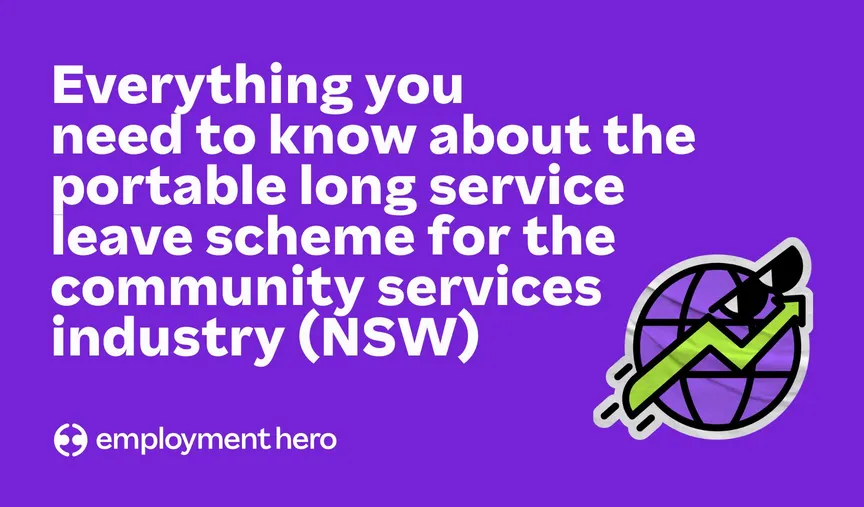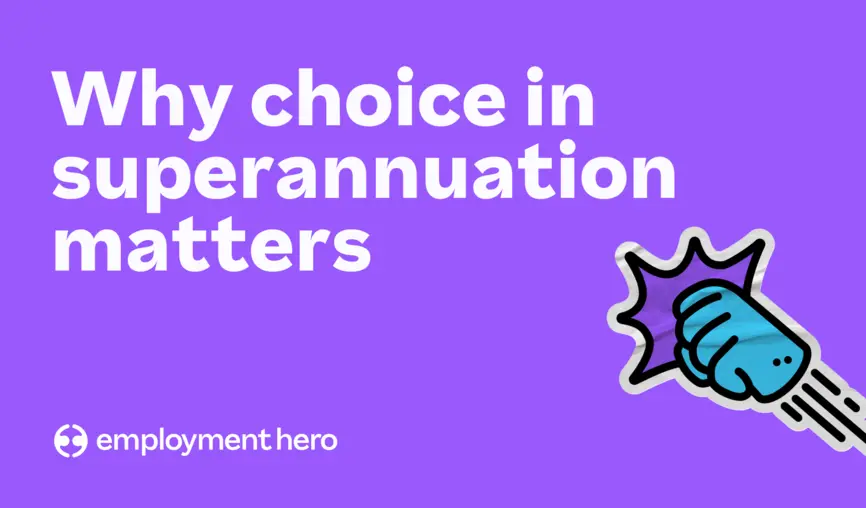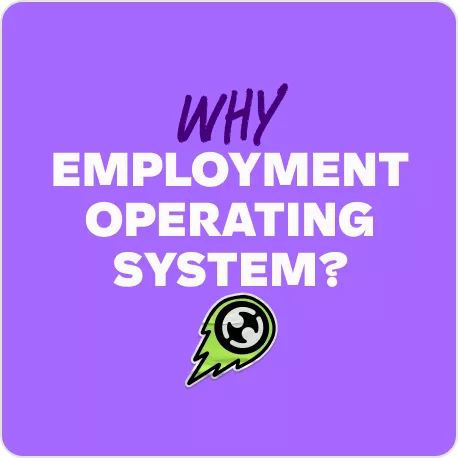Superannuation changes 2025: What businesses should know
Find out the latest about superannuation in 2025.

Contents
In 2025, important changes are coming to Australia’s superannuation system. Whether you manage a small team or a large workforce, it’s essential you’re aware and understand what it means for your business and employees.
Now’s the time to review your processes, get ready to update your systems, and make sure your payroll processes are ready. We’ll guide you through what’s changing and how to prepare, so you can approach the new financial year with confidence.
Let’s take a closer look at what’s ahead.
Disclaimer: The information in this article is current as at 27 May 2025, and has been prepared by Employment Hero Pty Ltd (ABN 11 160 047 709) and its related bodies corporate (Employment Hero). The views expressed in this article are general information only, are provided in good faith to assist employers and their employees, and should not be relied on as professional advice. The Information is based on data supplied by third parties. While such data is believed to be accurate, it has not been independently verified and no warranties are given that it is complete, accurate, up to date or fit for the purpose for which it is required. Employment Hero does not accept responsibility for any inaccuracy in such data and is not liable for any loss or damages arising either directly or indirectly as a result of reliance on, use of or inability to use any information provided in this article. You should undertake your own research and to seek professional advice before making any decisions or relying on the information in this article.
The Super Guarantee will increase to 12%
On 1 July 2025, the Super Guarantee rate will increase from 11.5% to 12%. This is the final stage of the progressive increases that came into effect from 2021.
It’s essential that employers update payroll systems and settings to ensure they are paying their employees the new Super Guarantee rate.
Learn more about the increase to the Super Guarantee.
What happens if you fail to increase the Super Guarantee?
If you fail to increase the Super Guarantee for your employees to 12% by the quarterly due date, it’s likely you’ll have to pay the Superannuation Guarantee Charge (SGC). This is a penalty from the Australian Tax Organisation (ATO) for incorrect or late payments to your employees.
If you’re directed to pay the SGC, you’ll not only have to pay the Super Guarantee amounts owing, but also interest and an additional administration fee.
Learn more about the Super Guarantee.
What does the Super Guarantee increase look like for employees who are paid their salary plus minimum super?
This means that employers must pay their employees the additional superannuation contributions on top of their salary/wage.
What does the Super Guarantee increase look like for employees who are paid their salary including minimum super?
Employers can choose to keep the Total Remuneration Package (TRP) of the employee the same, and reduce the employees take home pay to accommodate the increase.
If you’re unsure how this relates to your business, we suggest seeking professional advice regarding your contractual obligations (Hint: our HR advisory service can help).
Important: Superannuation is calculated based on the paid date.
Take a look at our example:
Fortnightly pay period: Mon 23rd June to Sun 6th July.
Paid date: Thursday 10th July. This means that the superannuation on this pay would be calculated at 12%, even though some of the pay period was in June.
The superannuation contribution caps will remain the same
After a few years’ of increases, the superannuation contribution caps are set to stay at the same rate as the previous year.
Concessional contribution cap
The concessional cap will remain at $30,000.
Find more information on the concessional contribution cap here.
Non-concessional contribution cap
The non-concessional cap will remain at $120,000.
Find more information on the non-concessional contribution cap here.
Employers offering above the Super Guarantee should be aware of this, however it remains the responsibility of the employee to manage their superannuation caps.
Maximum super contribution base will decrease
The maximum superannuation contribution base will reduce in the 2025/26 financial year.
In the 2024/25 financial year, the rate was $65,070.
In the 2025/26 financial year, the rate will decrease to $62,500 per quarter. This comes into effect from 1 July 2025.
Superannuation on Paid Parental Leave (PPL)
For eligible employees taking PPL for babies born or adopted on or after the 1st July 2025, superannuation will be paid on these PPL payments.
The ATO will pay the contribution after the end of the financial year in which you received the Parental Leave Pay.
Learn more about superannuation on PPL.
Payday super is on the way
While payday super won’t take effect this year, it’s a change that employers should have on their radar over the next 12 months.
This key change to superannuation proposes that from 1 July 2026, businesses in Australia will need to pay superannuation contributions at the same time they pay employee wages.
This means that super contributions must reach your employees’ super fund within 7 days of payday, and if you miss the deadline, you could face penalties, including interest and other charges.
While it hasn’t been passed into law just yet, the Payday Super draft legislation was released for review on 14 March 2025. We’ll be sharing more information on this in the lead up to it coming into effect.
Key changes to super summary
Let’s recap the super changes you need to be across in 2025.
- The super guarantee will increase from 11.5% to 12% from 1 July 2025.
- The superannuation contribution caps will remain the same.
- The concessional, non-concessional and maximum non-concessional super cap have decreased.
- Superannuation will be paid on Paid Parental Leave (PPL).
- Payday super is coming in 2026.
Manage superannuation and beyond with Employment Hero
Does all of this talk about superannuation make you feel overwhelmed and confused? We don’t blame you – it’s some tricky business. Thankfully, Employment Hero can help.
Our Employment Operating System is designed to give you compliance peace of mind and streamline your workday. Whether it’s managing superannuation changes, wrapping up end of financial year, or staying across employment law updates, our powerful all-in-one system can help you do it all. Plus, if you need an extra helping-hand, our HR advisory service can guide you through exactly what these changes mean for your business.
Looking for even more support and want to take payroll completely off your plate? We also offer a managed payroll service for those who want one less thing to worry about. Our complete payroll processing and software solutions are delivered by our local support services and backed by a team of employment and HR experts to save time and money.
Learn more about how we can help you at tax time by speaking with one of our business specialists today.
Related Resources
-
 Read more: NSW Government introduces Portable Long Service Scheme for the Community Services Industry
Read more: NSW Government introduces Portable Long Service Scheme for the Community Services IndustryNSW Government introduces Portable Long Service Scheme for the Community Services Industry
The NSW Government has introduced portable long service leave for the community services industry. Learn what it is and what…
-
 Read more: Payday Super changes: What we’re fighting to fix and why it matters to you
Read more: Payday Super changes: What we’re fighting to fix and why it matters to youPayday Super changes: What we’re fighting to fix and why it matters to you
Big changes are coming to how superannuation is paid in Australia. Here’s what we’re asking Treasury to seriously consider updating…
-
 Read more: Why choice in superannuation matters
Read more: Why choice in superannuation mattersWhy choice in superannuation matters
What could be coming when Payday Super hits and what Employment Hero is doing about it.











